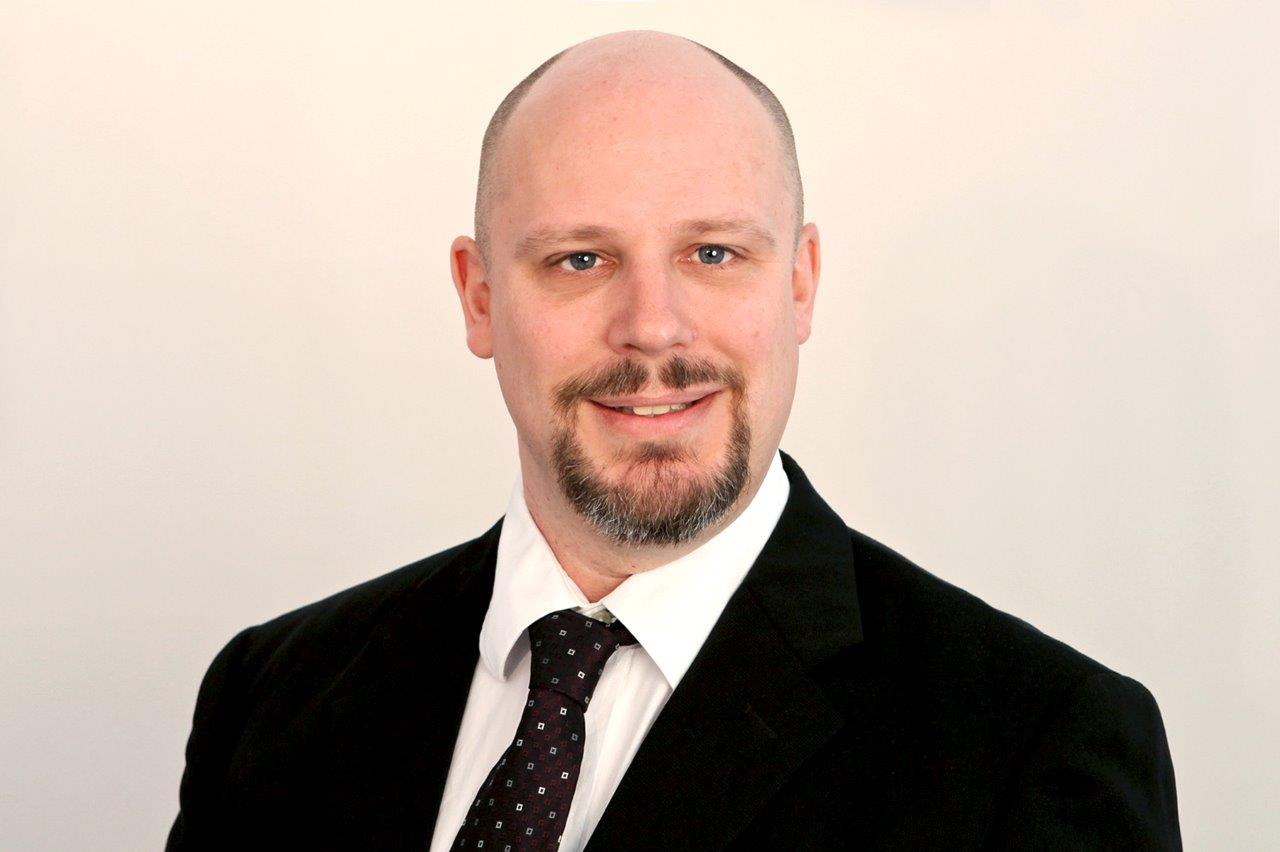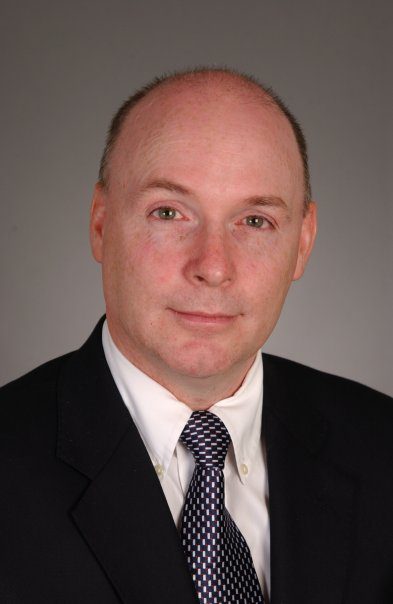M&E Leaders Embrace Sustainability Technologies and Practices for a Greener Future
How are key players in the industry addressing their responsibilities, what goals are they setting, and what are the most important priorities for delivering meaningful change?

The media and entertainment industry has a responsibility to lead the charge towards a more sustainable future. As the world confronts the challenges of climate change, limited resources, and the need for social and environmental responsibility, M&E businesses must embrace sustainability as a cornerstone of their operations for the long term.
Without a doubt, there is a wide range of technology, operational and process-led approaches being implemented as part of both individual and coordinated efforts to improve sustainability performance. But how are key players in the industry addressing their responsibilities, what goals are they setting, and what are the most important priorities for delivering meaningful change? Here, Bubble Agency brings together industry leaders to share their approaches.

Innovative technologies and ethical supply chains are driving sustainability
"Our sustainability mission aims to better the earth’s environment and the people living on it with every new product made,” explained Tatsuya Umeo, CEO Yamaha Unified Communications. “From development, Yamaha Unified Communications designs innovative technologies that benefit society and have a positive effect on our environment. During procurement, we actively work to reduce CO2 emissions by conserving and effectively using the earth’s resources to build our products.
We also advocate for human rights through our supply chain, by implementing ethical labor policies in production and logistics. Finally, though our products are known for their exceptionally long lives, Yamaha has introduced several initiatives for the proper disposal, collection, and recycling of used products that limits waste and enables reuse."
Virtual sets are revolutionizing eco-friendly production
“Sustainability in our industry comes in many shapes and sizes. The team at GhostFrame is delivering on sustainability targets through its efforts to enable production crews to seamlessly create and modify their projects without the unnecessary emissions required for reshoots and repeated uses of vehicles, tools, and equipment,” said Peter Angell of Ghost Frame.

“Depending on the production type GhostFrame can help save up to 75% of on-set time compared to standard virtual productions through the use of simultaneous virtual sets. With the use of our pioneering technology, productions like this are inherently more sustainable. By cutting back on required travel for actors and crew as well as physical sets and location shoots, the need for wasteful props and set dressings is eliminated by the virtual and instant VFX capabilities of GhostFrame.”
Embracing ESG frameworks and carbon offsetting partnerships
"At TMT Insights, developing our ESG framework was born out of the acknowledgement that implementing and educating ourselves on environmental ethics not only fosters company longevity, but creates a consciousness within us to stop and think about the carbon emissions we are creating in our everyday lives,” explained Patty Minichiello, Global Brand Experience Manager at TMT Insights.
The professional video industry's #1 source for news, trends and product and tech information. Sign up below.

“As proud members of Greenly and the DPP Sustainability Program, we have been able to educate ourselves, measure our carbon emissions and execute best practices on offsetting them. Through these partnerships, we can continue to measure and monitor our performance and set long-term targets to continue improving our supply chain efficiencies and helping build a healthy environmental and social system.”
Advocating for industry-wide change
"The future of the film, television, and streaming industry required an all-hands-on-deck approach to sustainability in every part of the world,” said Crystal Pham, Vice President at Trusted Partner Network (TPN), Motion Picture Association. “That’s why the Motion Picture Association has long supported our studio’s sustainability efforts. In recent years, the MPA has grown those efforts to support the work of the Sustainable Production Alliance, which includes all six of our member studios as well as other production partners.

"The MPA supports our member studios’ sustainability programs and the work of the Sustainable Production Alliance to ensure a more sustainable future for the global film, television, and streaming industry. Our support includes year-round advocacy and communications support, as well as programming on sustainability issues.
"Together, our studios have achieved great progress – not only moving to reusable utensils, recycling, and waste diversion, but implementing other sustainable programs such as reusable fuels, LED lighting, and reusing lumber on sets."
Minimizing environmental impact through hyperconverged tech
"We recognize the role technology plays in helping to reduce the environmental impact of media production,” explained Alun Fryer, Technical Marketing Lead – Hyperconverged Solutions at Ross Video.
“One way we are addressing sustainability is through our focus on developing Hyperconverged solutions. Much like a mobile phone, which integrates many functions including cameras, GPS, and calendars, a Hyperconverged system can merge routing, multiviewers, signal processing, video production, and more into a single integrated platform. This reduces the number of physical devices required, which in turn reduces the energy consumption for the solution and associated cooling.

"Ross is committed to incorporating sustainability into our technology. By leveraging hyperconverged systems, we help customers become more sustainable by reducing their environmental and equipment footprints while also simultaneously improving their operations. Working together, our industry can make meaningful progress toward a more sustainable future."
Boosting sustainability with remote production
"The pandemic introduced remote production with fewer people and trucks sent to an event producing sustainability and financial side benefits,” said John Wastcoat, SVP Alliances and Marketing at Zixi.
“We’ve introduced electric vehicles, biodiesel/hydrogen-powered generators, plant-based catering and increased remote functions. We’ve moved 24/7-powered production control rooms, whether in use or not, to the cloud on an as-needed basis using virtualized workflows that save energy.

"Several years ago, it was common to provide data throughput of 100Mb/s per computer core, but we’ve undertaken some innovative engineering to take this up to 1Gb/s in the latest version of Zixi software.
"Recent industry data from The DPP suggests that while sustainability is still a target, implementation is driven by ROI. If it delivers economic benefits, it will be actioned; if it doesn’t, it won’t.
Initiatives such as our work with CPU throughput and re-architecting cloud workflows for greater efficiency ticks both boxes, allowing organizations to save costs and be greener simultaneously."
Breaking language barriers to reduce business carbon footprint
“At XL8, we are deeply committed to sustainability and understand the significant role it plays in creating a better future for our planet,” said Janice Pearson, SVP, Sales & Strategy at XL8.

“Our dedication to sustainability is reflected in the design of our Real-time AI-based Interpretation App for Zoom meetings. Initially, we created this app to remove language barriers and enable participants to have more productive online meetings with individuals who speak different languages.
"However, we also recognize that by supporting virtual meetings, we are helping to reduce the need for face-to-face interactions that require travel. This helps to lower carbon emissions and minimize the environmental impact of transportation, which is one of the major contributors to climate change. At XL8, we proudly support sustainability through our innovative real-time machine translation technology.”
